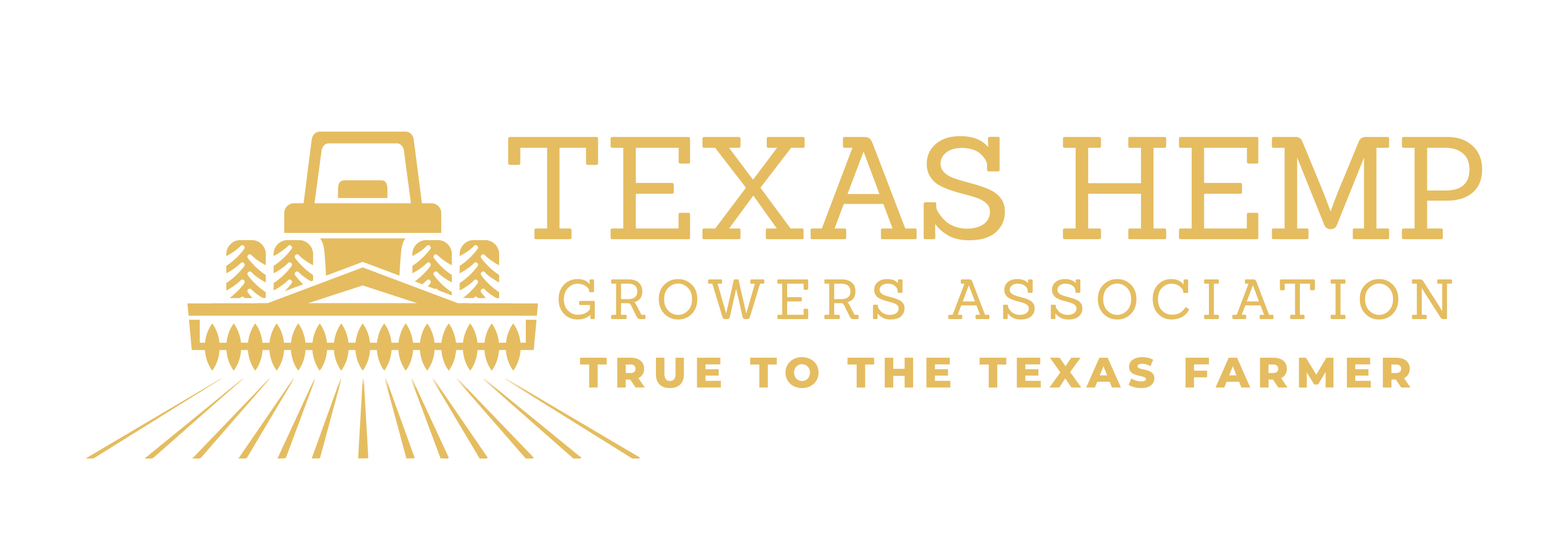Fiber Processing and Markets
Any possible commercial processing plants would extend specific requirements, regarding the management of hemp harvesting, including straight fiber cutting, or post-combine straw, retting, etc. Straw specifications will depend on the end use of the fiber. Contracts that do not require these specifications should be viewed with caution, as this could suggest a lack of knowledge on behalf of the buyer. .
The process by which the outside fiber is separated from the inside hurd is called “decortication.” The vast majority of decorticators available are old “hammermill” technology. Advances have taken place but processing hemp on a large scale requires thousands of acres. The expense of existing equipment has limited market expansion. Without the consistent and large supply of hemp available, end markets demands remain unmet.
Though opportunities are quickly evolving fiber processing in North America remains limited. As of October 2020 Lubbock, Tx had decortication available for a scalable research and development project. Partnering with farmers to discover varieties and better understand processing is vital.
Decorticated hemp straw generates hurd and bast fiber
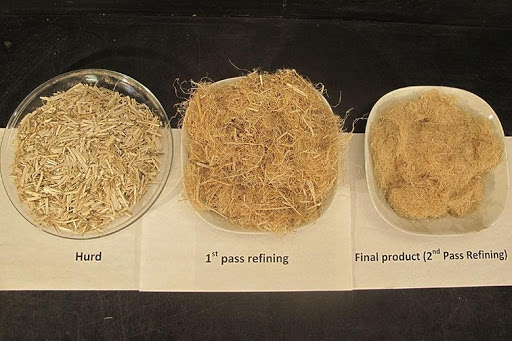


Truck canopy made of hemp fiber mats infused with plastic resins
HURD FIBER
Hempcrete – A biocomposite material consisting of hurd, lime, water and a binder.
Bedding materials – Owed to its superior absorbency properties and low dust content, hurd is widely recognized as a high performance bedding for farm animals (particularly horses) and pets.
Absorbents – Hurd has application in the oil and gas industry as a high capacity material used for cleaning up spilled drilling muds and other harmful effluents.
Particle boards – Hurd may serve as a high grade wood replacement in some applications, i.e. furniture making
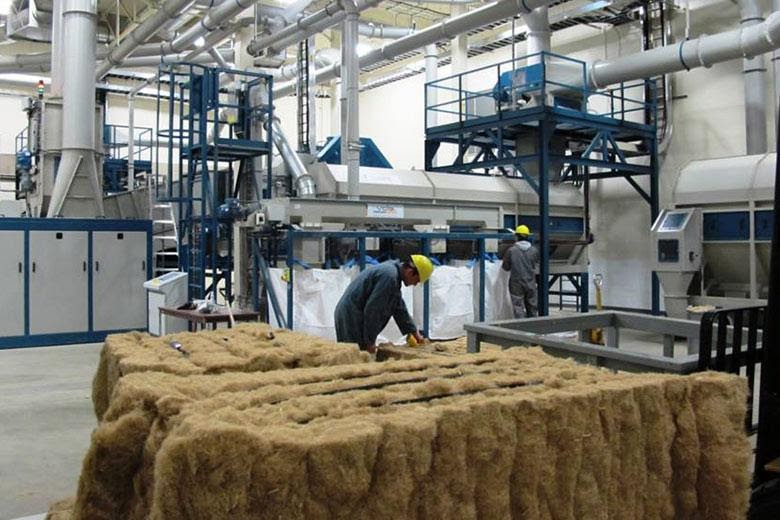
Hemp fiber decortication facility at Vegreville, AB
BAST FIBER
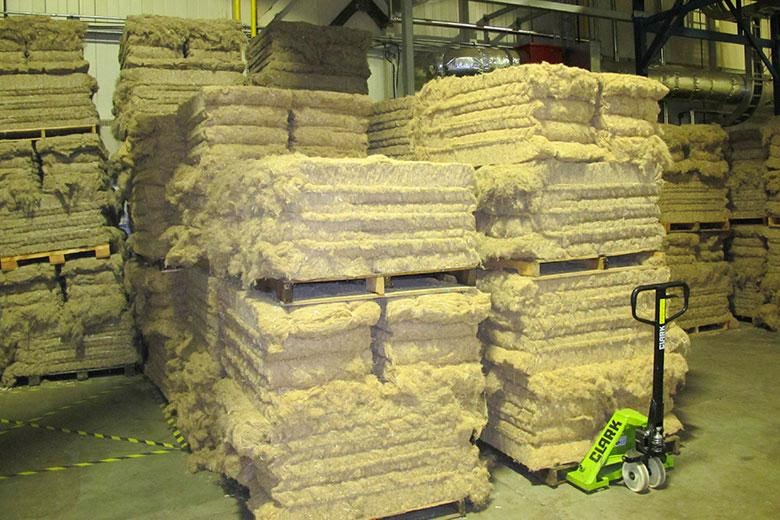
Refined bast fiber bales
Textiles – The oldest application of bast fiber is re-gaining popularity due to its properties that cannot be matched by synthetic and several natural fibers (i.e. cotton). Please note that hemp for high quality textile applications often requires more demanding crop management and specialized decortication processing lines. Premium price should be achieved for appropriately prepared straw suitable for textile applications.
Plastics biocomposites – These can be made using compression and injection mouldings processes. For example, bast fiber mats infused with resins replace fiberglass in composites used by the automotive industry, making hemp parts lighter and easily recyclable. Similar advantages are offered from bast fiber in injection moulded products.
Insulation – Natural fiber materials provide good thermal protection. They are environmentally friendly and do not emit toxic, often allergenic chemicals found in synthetic insulation materials.
High grade paper – Revival of hemp cultivation will make available feedstocks for manufacturing of specialty, low volume, high value paper products.
Twine, rope, upholstery – Lower grade, coarser bast fiber can be used for the production of tough fabrics and cordage.
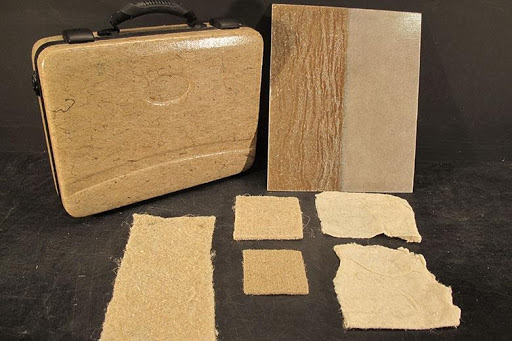
Examples of injection moulded bast fiber composite part
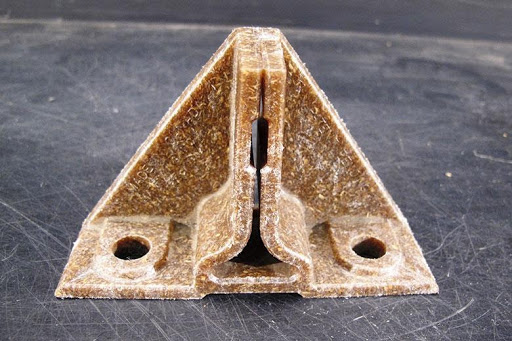
Market Opportunities
Currently there is limited opportunity for the sale of hemp straw for use in fiber applications. A number of companies across the US are currently embarking on developing commercial scale facilities to manufacture fiber-based hemp products. As these companies come on line, there will be opportunity for growers to contract hemp straw. Buyers will have specific requirements regarding the fiber. These specific requirements should be detailed in the contract. The requirements can include retting, harvest time and fiber harvest equipment which can affect fiber quality. Since transportation of straw bales for long distances is cost-prohibitive, growers are advised to secure contracts with processors that are located in a reasonably close proximity to their farming operation.
Texas Hemp Growers Association has a growing list of manufactures waiting for increased production. We are happy to share this information with our voting members. Opportunities for “sweat equity” ownership in end product profits are available. This model would move the farmer up the value chain and ensure profitability.
